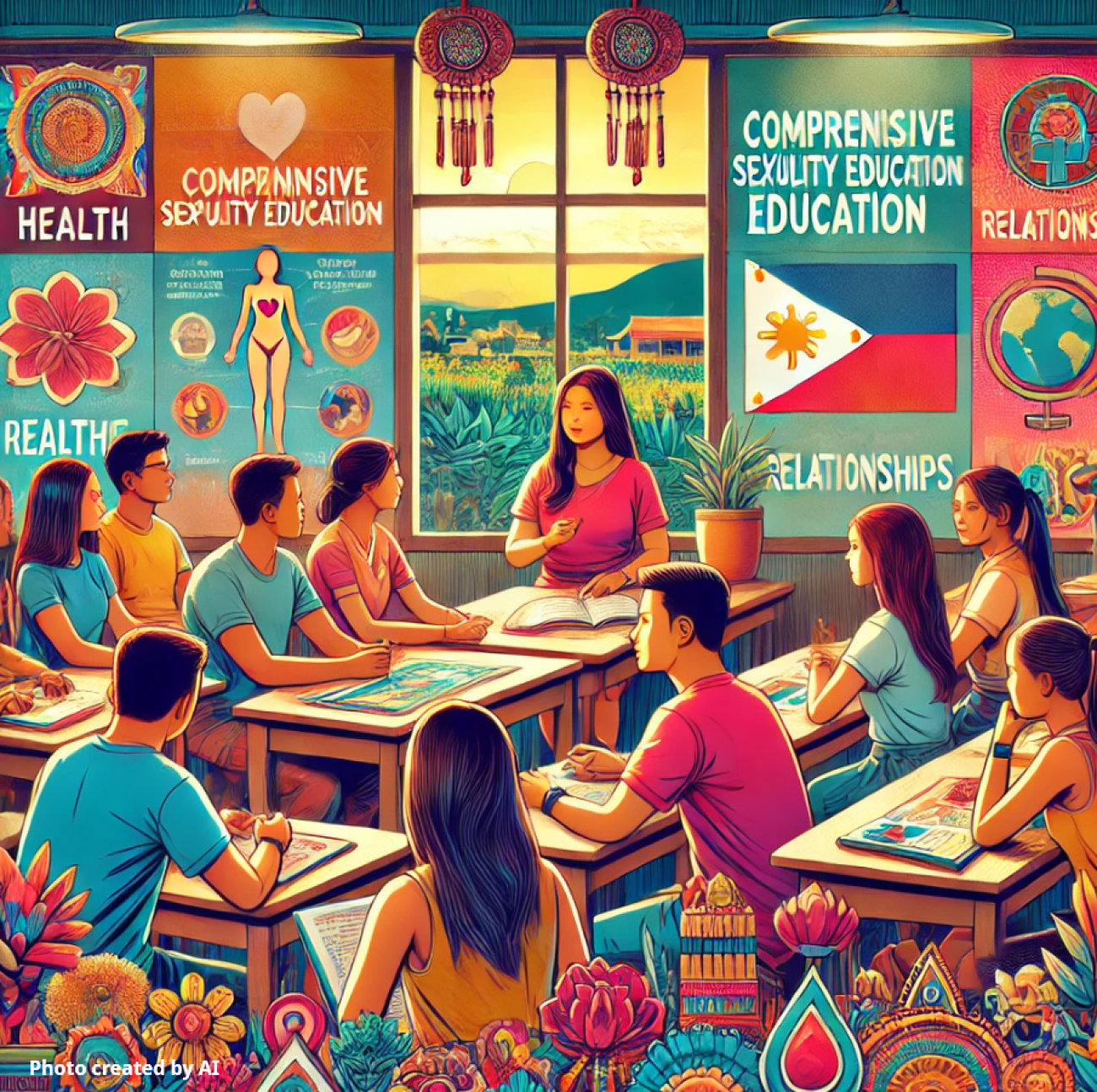The United Nations appreciates and supports ongoing efforts by the government and its partners in addressing serious challenges hampering country's development pathway, including adolescent pregnancy, maternal mortality, HIV infection and various forms of gender-based violence. Age-appropriate sexuality education is a proven tool to address such challenges. Research shows that too many young people still make the transition from childhood to adulthood receiving inaccurate or incomplete information about sexual and reproductive health, leaving them vulnerable to coercion, sexually transmitted infections and unintended pregnancy. This is why the UN supports the roll out of comprehensive sexuality education (CSE) around the world, in a culturally appropriate manner.
“CSE addresses a complex area of intersection between health, education, prevention and social development, based on research, data and analysis of social behaviours,” said Roi Avena, Deputy Representative of the United Nations Population Fund (UNFPA) to the Philippines. “However, in recent weeks misinformation about CSE, and the role of various United Nations agencies, has circulated in the Philippines.”
The United Nations in the Philippines supports efforts by several stakeholders, including the Department of Education, legislators, the Council for the Welfare of Children and the Child Rights Network in clarifying what CSE is and what it is not. “The UN encourages all Filipinos to verify information they are exposed to,” said Mr Avena. “The UN shares accurate scientific knowledge and relevant lessons learned and good practices, which has been adapted by the Department of Education to be culturally sensitive and age-appropriate.”
UNFPA, in collaboration with the United Nations Children’s Fund (UNICEF) and the United Nations Cultural and Scientific Organization (UNESCO) and the World Health Organization supports the government in providing evidence-based support in this area. CSE includes scientifically accurate information about human development, anatomy and reproductive health, as well as information about childbirth and sexually transmitted infections, including HIV.
For more information see:





